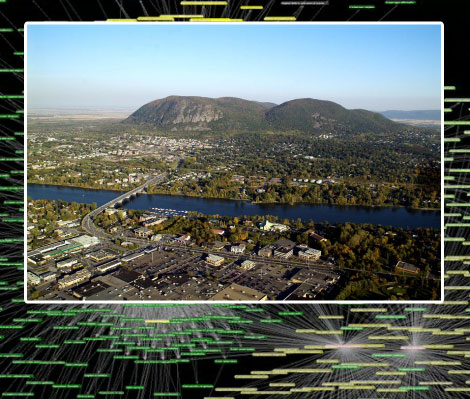The forest and other organisms
Trophic network interactions
What does a forest ecosystem have in common with an urban transportation system? They are both complex systems (System composed of many components.), in which the whole is greater than the sum of their parts. Just try to understand how a city's transportation system works by looking at the blueprint for a car. Not easy, is it? In the same way, a forest ecosystem can't be thought of as just a bunch of wooden posts. You have to see the whole ecosystem – the forest and the trees, as it were. How? By considering all its inhabitants, from the plants to the animals and insects that interact with the trees and determine the wealth – and health – of the ecosystem.
What (or who) is for dinner?
One way of studying these interactions is to look at the predator-prey relationships in an ecosystem. This is what we call a food web (A community of organisms where there are several interrelated food chains.
), often represented by a pyramid showing the primary producers (First link of the food chain in a food web.), plants, at the bottom and the predators at the very top. The problem with this simple picture is that it is too simple. For instance, to visualize the complex trophic relationships on Mont Saint-Hilaire, researchers soon realized that they had to trade in the pyramid for a spider web...





